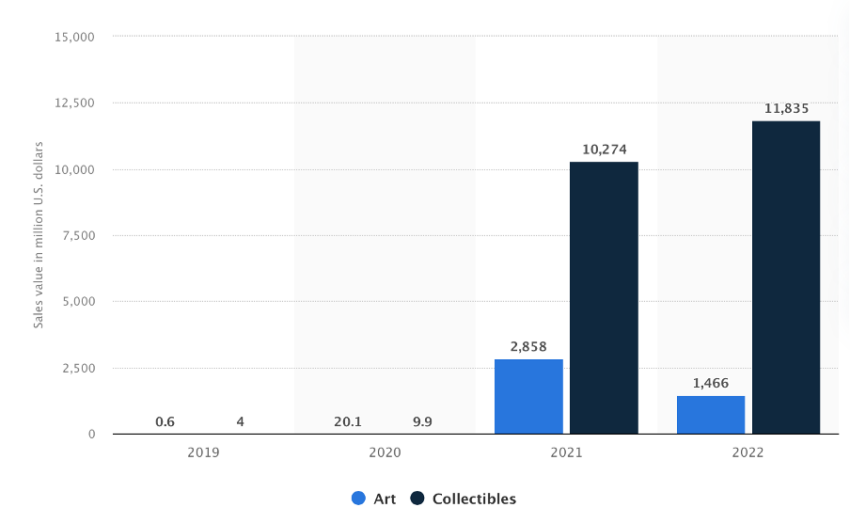Two years of the pandemic and recent military conflicts have radically changed the future of cross-border trade and supply chains. Businesses are beginning to realize that threats like these are no longer uncommon, and to improve agility and resilience, many have taken important steps to mitigate future supply chain disruptions by improving their digital capabilities.
However, a key component of the supply chain network is still lagging behind in modernisation. The need for the trade finance sector to overhaul its ancient ways of operating has never been more critical in today’s corporate banking landscape. As digitization sweeps across industries, speed has become a non-negotiable requirement for businesses to be considered worthy of a customer’s time.
Global supply chain is turning towards digitally enhancing processes due to demands from companies for greater efficiency, transparency and fast transactions to deliver on their own customer expectations. As the lifeblood of the supply chain, trade finance can no longer afford to remain mired in piles of paper documents and must be modernized as a matter of urgency to keep pace with the changing cross-border trade landscape.
The disadvantages of being stuck in the past
Trade finance is one of the oldest sectors in the world and has historically been very paper- and labor-intensive. Unfortunately, with advances in automation and demands for faster communication flow, the traditional trade finance system is quickly becoming unviable. A cross-border trade ecosystem is a complex system involving multiple parties with tons of documents exchanging hands between them at every point.
If banks continue down the path of manual and labour-intensive ways of managing trade finance, the outcome is likely to be more process inefficiencies, increases in costs, delays in credit analysis, data protection concerns and, worst of all, endless susceptibility to fraud. While fraud is not new to the trade finance landscape, the resulting losses are always astronomical.
The most serious form of fraud banks face in the supply chain is duplicate trade finance. This happens when an invoice has been financed several times and has plagued the industry for a long time. One of the most prominent recent cases involved Hin Leong, an oil trading company in Singapore, which saw more than 20 banks incur losses of around $3.85 billion.
The prevalence of duplicate trade finance fraud can be attributed to a lack of visibility and transparency that hinders collaboration between financial institutions, resulting in an inability to share critical data in a timely manner. As competition intensifies, especially with the rise of fintech firms, financial institutions can ill afford to be constantly on the wrong end of such malpractices.
Blockchain the way forward
Considering the challenges of the traditional system facing trade finance, a rapid initiation of modernization using blockchain is the way forward. Embracing blockchain will help alleviate many of today’s concerns and risks in trade finance. In a supply chain flow, large amounts of documentation exchange hands, including product, shipping and transaction details. In a centralized system, it is very difficult to communicate comprehensive information in time, processes take days or even months to be done in an era where information is required by the hour or even by the minute.
When trade finance is done on a decentralized blockchain, all transactions are recorded in a database and then distributed to various locations and relevant stakeholders. This allows for immutability of information, improved compliance, better traceability of activities and long-term cost and risk reductions. Blockchain also enables greater overall transparency and faster transaction tracking, visible only to authorized members of the network, and builds greater trust among supply chain participants.
To realize the full potential of blockchain
In a cross-border trade scenario, interactions involve multiple parties such as importing and exporting companies, logistics services, banks and insurance companies. It requires that all participants buy into the impact digitization will have on trade finance, show a strong commitment to the cause and make a conscious effort to be in line with implementing financing on the blockchain.
To set the standards, financial institutions and large organizations must lead the way with blockchain adoption and in turn assert their influence on the rest of the network to follow. This could also potentially contribute to increasing the need for laws and regulations to be designed to support or enforce the use of blockchain technology in the overall supply chain process.
(The author is Mr. Farooq Siddiqi, CEO, #dltledgers and the views expressed in this article are his own)


























